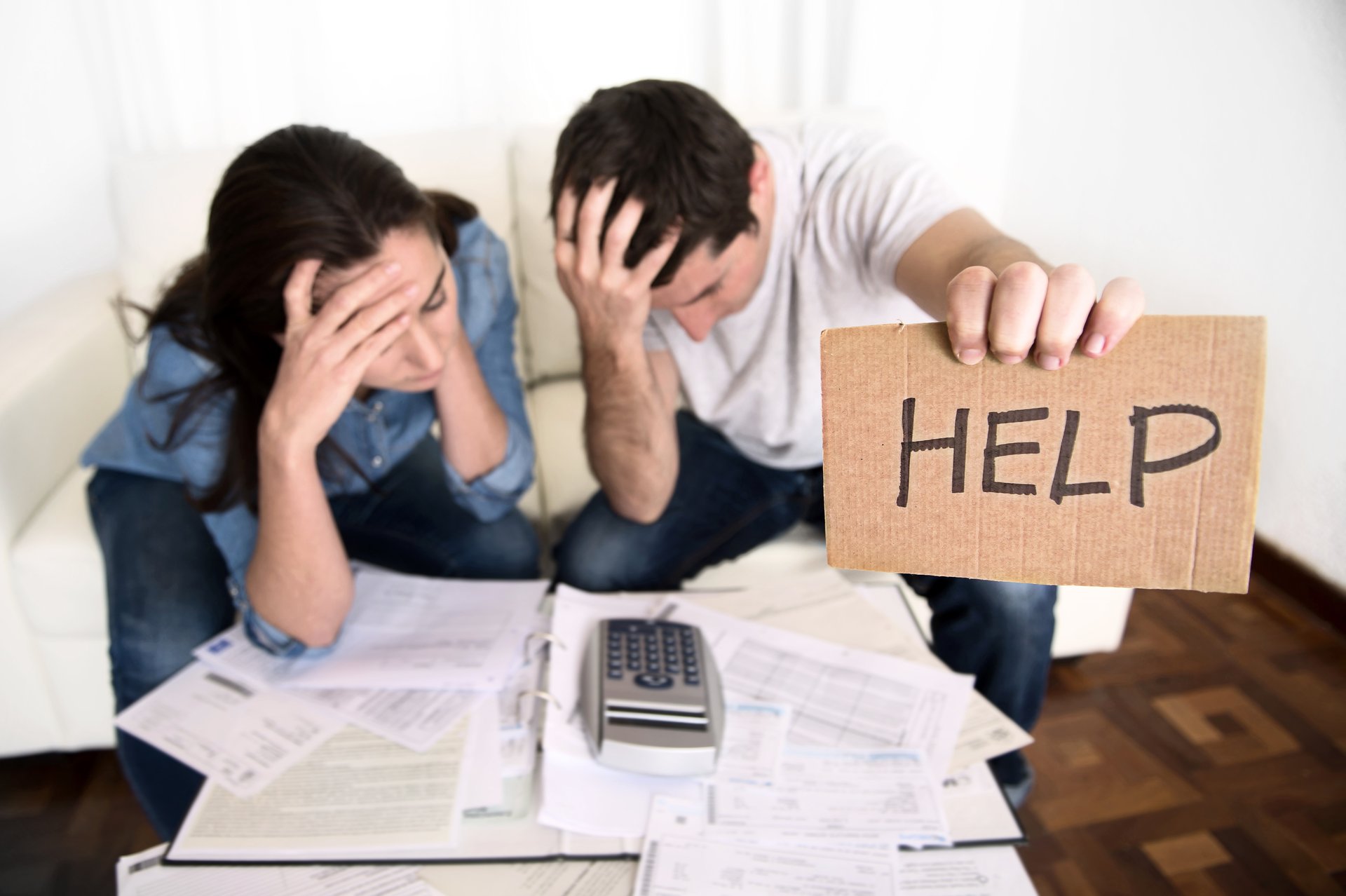
Americans’ indebtedness is breaking new records at a time when interest rates are rising — doubly bad news for our financial health.
The latest monthly data from the Federal Reserve System show that Americans’ revolving debt — which includes debt from credit cards and installment loans — amounted to about $1.02 trillion as of June. That’s an all-time high, folks.
By comparison, our revolving debt totaled about $964 billion in June 2009, when the Great Recession officially ended.
These figures do not include any nonrevolving debt, which includes mortgages. Nonrevolving debt amounted to about $2.83 trillion in June — that’s an all-time high, too. By comparison, Americans’ nonrevolving debt totaled $1.63 trillion in June 2009.
Why debt is now doubly bad news
The record-high debt we’re carrying is especially bad news because the Federal Reserve has been raising its benchmark federal funds rate and is expected to continue raising it into the foreseeable future.
The federal funds rate affects the interest rates charged by many types of creditors, including credit card companies: When the federal funds rate rises, many interest rates generally follow suit.
If you’re debt-free, congrats! Carrying no debt means interest rates won’t affect your financial health — as long as you stay out of debt.
If you are carrying debt — particularly at a variable or adjustable interest rate rather than a fixed interest rate — your financial health is on the line. This means you must step up your efforts to pay off your debt ASAP.
But first, make sure the interest rates you are currently paying on your debt are as low as possible. That way, your debt will cost you less in interest payments while you’re paying it off.
So if you have a mortgage with an adjustable rate, for example, consider refinancing your home before interest rates climb higher.
If you have credit card debt, try landing a lower interest rate. Here’s how to do it in three steps:
- Find out what rates your credit cards are charging you.
- Ask your current credit card companies for a lower rate. (This is not guaranteed to work, but it takes only a few minutes to try. It has worked for me in the past.)
- Look for a new credit card with a lower rate.
How to pay off debt ASAP
The best way to banish debt is generally to quickly throw as much money as possible at your debt.
That’s easier said than done, something I understand from personal experience. However, this website is full of ways to pay down your debt faster. For example, you’ll find great tips in stories like these:
- “8 Foolproof Steps to Get You Out of Debt Fast”
- “How to Pay Off $10,000 in Debt Without Breaking a Sweat”
- “Ask Stacy: Should I Borrow From My Retirement Account to Pay Debts?”
The first step in paying down debt is understanding where your finances currently stand. That requires tracking your finances. There are plenty of free tools that make it easy to follow your finances down to the penny. Money Talks News partners with a free service called PowerWallet, for example.
Budgeting has pros and cons. Heck, Money Talks News founder Stacy Johnson — author of books like “Life or Debt” — achieved his dreams without making a budget. But simply tracking where your money is going is imperative to improving your financial health.
However, if you feel like you’re in over your head — and it just seems like you’re carrying so much debt that no amount of DIY tips will help — it’s time to call a professional. Reputable experts can help you craft a plan to banish your debt.
Are you worried about your own debt? Sound off below or on Facebook.




Add a Comment
Our Policy: We welcome relevant and respectful comments in order to foster healthy and informative discussions. All other comments may be removed. Comments with links are automatically held for moderation.